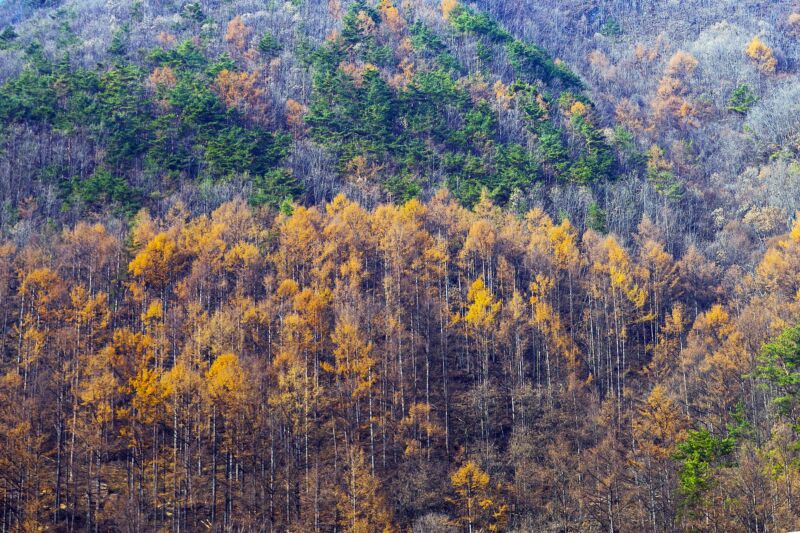Could a tree help find a decaying corpse nearby?

Enlarge / If a decaying cadaver releases a flood of nitrogen into the soil, it could change the look of nearby trees. At least, that's the theory. (credit: Getty Images)
Since 1980, the University of Tennessee's Forensic Anthropology Center has plumbed the depths of the most macabre of sciences: the decomposition of human bodies. Known colloquially as the Body Farm, here scientists examine how donated cadavers decay, like how the microbiomes inside us go haywire after death. That microbial activity leads to bloat, and-eventually-a body will puncture. Out flows a rank fluid of nutrients, especially nitrogen, for plants on the Body Farm to subsume.
That gave a group of University of Tennessee, Knoxville researchers an idea: what if that blast of nutrients actually changes the color and reflectance of a tree's leaves? And, if so, what if law enforcement authorities could use a drone to scan a forest, looking for these changes to find deceased missing people? Today in the journal Trends in Plant Science, researchers are formally floating the idea-which, to be clear, is still theoretical. The researchers are just beginning to study how a plant's phenotype-its physical characteristics-might change if a human body is composing nearby. "What we're proposing is to use plants as indicators of human decomposition, to hopefully be able to use individual trees within the forest to help pinpoint where someone has died, to help in body recovery," says UT Knoxville plant biologist Neal Stewart, coauthor on the new paper.
As a large mammal like a human decomposes in a forest, its breakdown transforms the soil in a number of ways. The body's "necrobiome"-all the bacteria that was already in it when it was alive-replicates like crazy in the absence of an immune system. This necrobiome mixes with the microbes in the dirt. "The soil microbiome will change and, of course, the plant roots will also sense some changes," says Stewart. But, he adds, "we don't really know what those changes are."
Read 11 remaining paragraphs | Comments